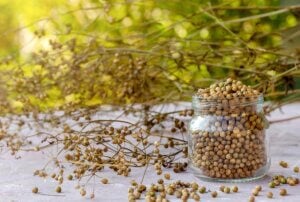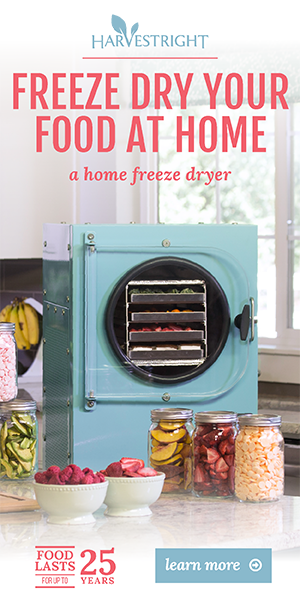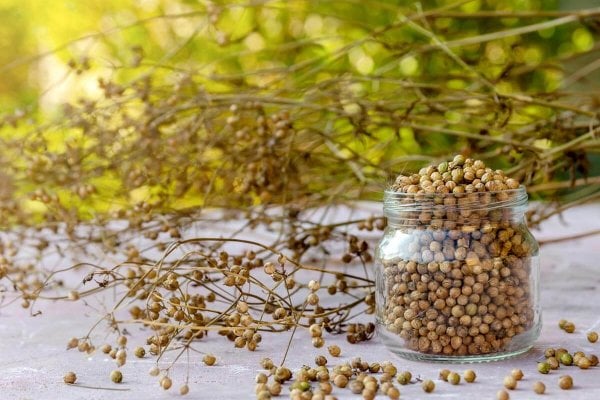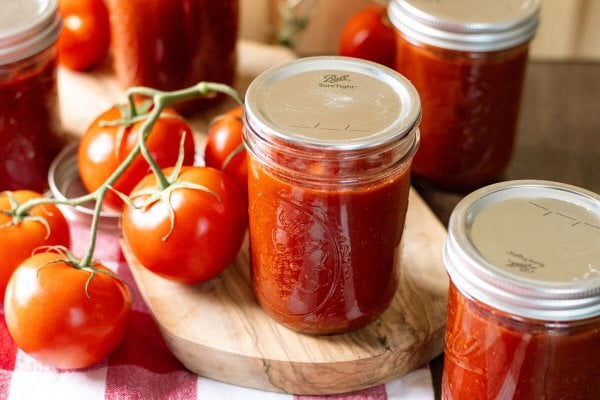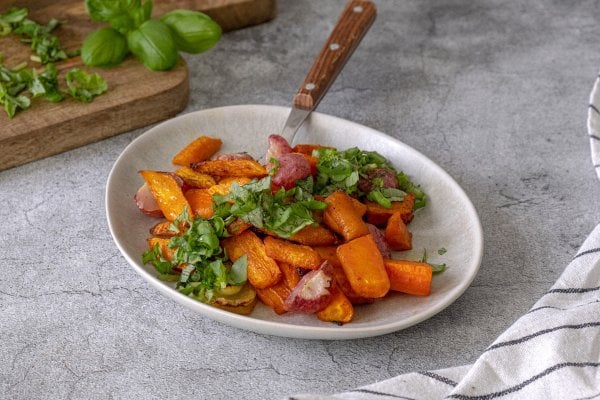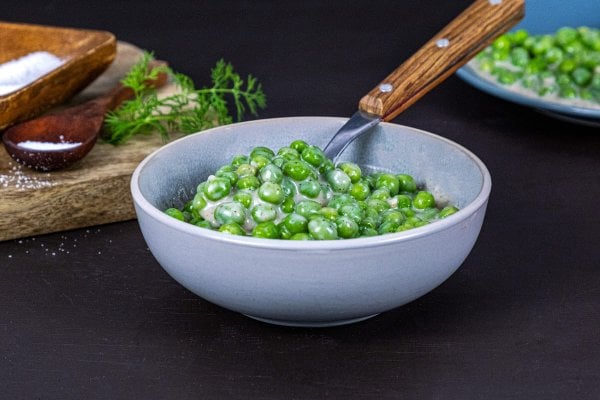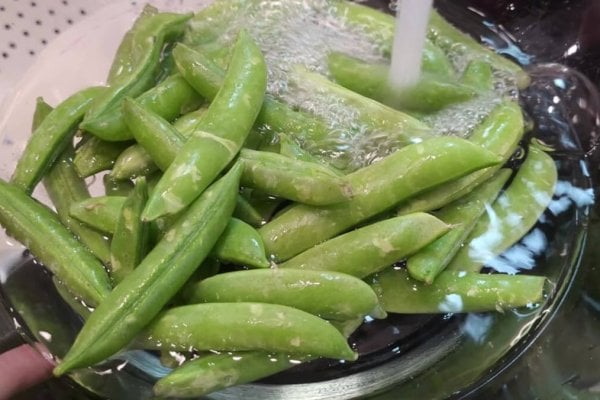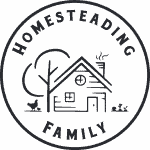Did you know that cornstarch, commonly used as a thickening agent, has a range of surprising uses beyond the kitchen? From helping with laundry to personal care and even household tasks, cornstarch proves to be a versatile and handy ingredient that can simplify your daily life.

Table of Contents
ToggleWhy I Love These Cornstarch Uses
Though most of us find a box of cornstarch in our pantry for cooking, it’s also phenomenal for multiple uses around the homestead. Anytime an ingredient or product has multiple uses, it’s a win-win in my book. This makes buying in bulk more reasonable, knowing I’ll use up the product before it goes bad.
Be sure to check out some of these other common household ingredients and their multiple uses:
- Versatile Uses for Borax Around Your Home
- Vinegar Uses: Discover Surprising Household Hacks
- Baking Soda Uses: Cleaning Tips & Household Hacks
- Washing Soda Uses: My Top Tips for Clean Living
- Unexpected Dish Soap Uses – Tips & Tricks!
- Hydrogen Peroxide Uses: Clever Cleaning Tips
- Versatile Cream of Tartar Uses in Your Home

What Is Cornstarch
Before we delve into the numerous uses of cornstarch, it’s important to understand what cornstarch actually is. Cornstarch is a fine and powdery substance that is derived from the endosperm of corn kernels.
It is commonly used as a thickening agent in cooking and baking due to its remarkable ability to absorb moisture. It can also help achieve a smooth, velvety texture in various dishes such as cream of chicken soup, hearty pot roast cottage pie, ground beef curry, or a basic pan sauce.
Cornstarch is a staple ingredient in many kitchens around the world, and its versatility extends far beyond its role in thickening sauces and gravies. Its unique properties make it an indispensable ingredient in a wide range of culinary applications.

Cornstarch vs. Cornflour
It is important to understand the key differences between cornstarch and cornflour. While cornstarch is made from the endosperm (or the starch portion) of corn, corn flour is made from the entire kernel. Because cornflour contains starch and protein, it will not have the same results in cooking and household applications.
Therefore, cornflour should not be substituted for cornstarch in recipes or for household hacks.

Substitutions for Cornstarch
If cornstarch is not suitable for your specific needs, there are alternatives you can consider. These alternatives probably won’t have ideal results for the majority of household purposes, but they will work as a gluten-free flour option and as a thickening agent in recipes.
- Tapioca Starch – Unlike cornstarch and cornflour, tapioca starch and tapioca flour are used interchangeably. Tapioca does not have the same thickening power as cornstarch, so twice as much should be used in recipes for this application.
- Potato Starch – Potato starch has the same thickening power as cornstarch and can be substituted 1:1 in recipes. However, it’s important to note that if overheated, potato starch can lose its thickening ability.
- Arrowroot Powder – Arrowroot powder has the same thickening power as cornstarch, and can be substituted 1:1 in recipes. However, arrowroot powder is a significantly more expensive alternative than using tapioca or potato starch.

Cornstarch Uses for Laundry
When it comes to laundry, cornstarch can be a valuable ally in tackling common challenges. Its versatility extends beyond cooking and baking, making it a useful addition to your laundry routine.
| Task | Cornstarch Solution |
|---|---|
| Scorch Marks | If you accidentally use too high of a setting on your iron and scorch your fabric, simply spritz the area with water, sprinkle with cornstarch and allow it to dry. Then, brush the dried cornstarch away to reveal the refreshed fabric. |
| Stains on clothing | Create a paste with cornstarch and warm water, apply it to the stain, and let it sit before washing. For a grease stain, sprinkle cornstarch on dry so that it can absorb the grease. Allow it to sit for at least 15 minutes before brushing off the cornstarch from your garment and washing it as normal. Remember to always test the cornstarch paste on a small, inconspicuous area of the fabric before treating the stain to avoid any unwanted discoloration or damage. |
| DIY Starch Spray | Add one tablespoon of cornstarch to a 16 oz. spray bottle. Fill with warm water and shake until combined. Spritz on clothing prior to ironing for an all-natural starch spray. |
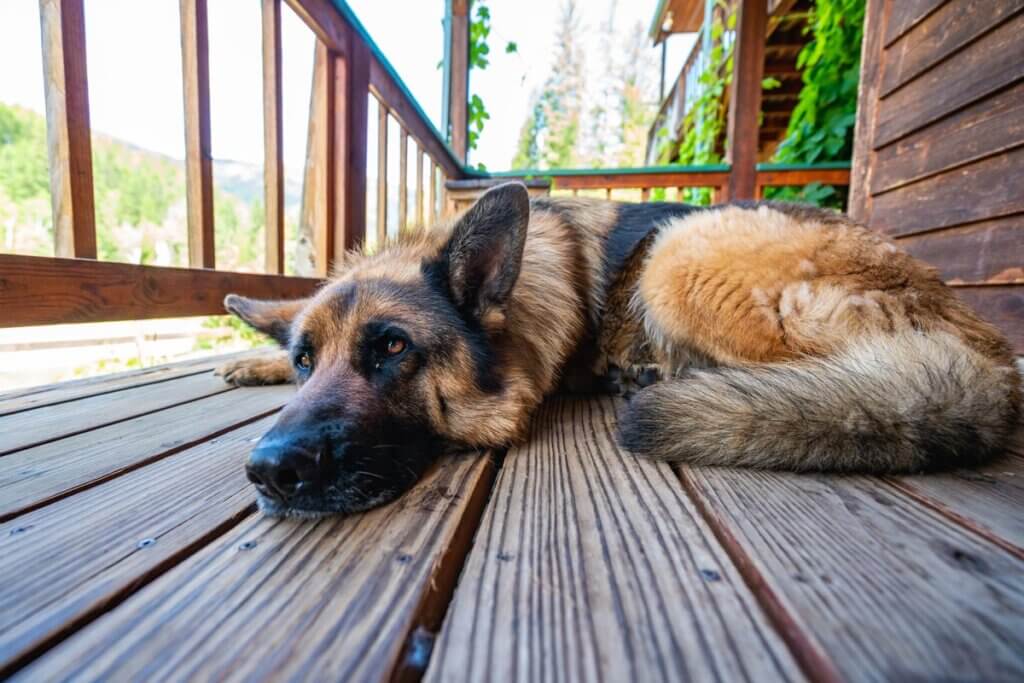
Other Cornstarch Uses Around the House
When it comes to cornstarch, its uses extend far beyond the kitchen and laundry room. Let’s explore some unique ways you can incorporate cornstarch into your household routine.
| Task | Cornstarch Solution |
|---|---|
| DIY Softscrub | Mix a ratio of 3:1 cornstarch and water to form a paste, and use it to clean stove tops and appliances. |
| Air Freshener | Water and oil do not mix, but cornstarch can act as an emulsifier to make an all-natural air freshener. In a 16-oz. glass spray bottle, mix 2 cups of water with 1 ½ teaspoons of cornstarch. Add 30-40 drops of your favorite essential oil scent. Shake well and spray as needed. |
| Freshen Carpets | If you’re looking to freshen up your carpets, cornstarch can come to the rescue. Sprinkle a thin layer of cornstarch over your carpets, focusing on any areas with odors or moisture. Let it sit for a few minutes to absorb unwanted smells, and then simply vacuum it up. Your carpets will be left feeling and smelling fresh. |
| Deodorize Shoes | Cornstarch works well to absorb odors in smelly shoes. Just sprinkle the offending shoe with cornstarch and allow it to sit for at least 12 hours. Shake out the cornstarch before the next wear. |
| Upholstery | Using equal parts cornstarch and baking soda, add just enough water to make a paste. Apply to upholstery and allow to dry. Vacuum as normal. |
| Knots | Sprinkling cornstarch on knots in necklaces, shoelaces, and strings helps to loosen them with ease. |
| Dogs | Keep your homestead dog‘s hair smelling and looking fresh in between groomings by sprinkling their coats with cornstarch and brushing through. |
| Furniture Polish | If you struggle to remove furniture polish residue after polishing your heirloom pieces, don’t fret. Just sprinkle a little cornstarch on the piece and buff it with a clean cloth. The cornstarch will absorb the excess, leaving a beautiful shine behind. |
| Polish Silverware | When your silverware starts to lose its shine, reach for cornstarch. Create a paste by mixing cornstarch with a small amount of water. Gently rub this paste onto your tarnished silverware using a soft cloth or sponge. Rinse off the paste and dry your silverware thoroughly, and you’ll be amazed at the renewed sparkle. |
| Carpet Stains | If you have an ink, wine or blood stain on your carpet, try mixing just enough milk with cornstarch to make a paste. Apply it to the stain and allow it to dry completely. Finish by vacuuming as normal. |
| Driveway Stains | Put a liberal amount of cornstarch on driveway stains and allow it to sit overnight to absorb the stain. Wash it away the next day with a garden hose. |
| Windows | If you don’t have this DIY window cleaner on hand, try adding a gallon of warm water to a bucket with one teaspoon of cornstarch and one teaspoon of dish soap. Dip a rag into the solution, and clean your windows. Follow behind with a dry microfiber cloth to make them shine. |
| Finger Paints | Hands-on projects like making this edible playdough recipe are a great way for children to learn while they are having fun. To make fingerpaints mix together ¼ cup of cornstarch with two cups of cold water in a saucepan and bring to a boil until the mixture thickens. Pour “paint” into several different cups of a muffin tin and color using food coloring. |
| DIY Slime | Another great hands-on project for your little ones is to make slime or “Oobleck.” Just mix together one part water (colored with food coloring of choice) with two parts cornstarch, and marvel as the substance acts as a solid when pressed but returns to liquid when you let go. |
| Freshen Stuffed Animals | If your stuffed animals or plush toys start to accumulate moisture or unwanted odors over time, cornstarch can come to the rescue. Simply sprinkle a small amount of cornstarch on the toys, allowing it to absorb excess moisture and eliminate unpleasant smells. After a few minutes, gently brush off the cornstarch residue, and your stuffed animals will be revitalized and ready for more cuddles. |

Cornstarch for Personal Care
In personal care, cornstarch can be a versatile ingredient with numerous uses. From DIY deodorants and dry shampoos to soothing sunburned skin, cornstarch’s gentle and absorbent properties make it a go-to solution for various personal care needs.
| Task | Cornstarch Solution |
|---|---|
| Dry Shampoo | Cornstarch’s absorbing properties make it a wonderful all-natural dry shampoo. Mix two parts of cornstarch with one part of baking soda in a small jelly jar. Apply the dry shampoo using a clean cosmetic brush. Work it into your scalp using your fingertips. Homesteading Hack: Add a bit of cocoa powder for use on dark hair. |
| Insect Bites and Stings | Add just enough water to a couple of tablespoons of cornstarch to make a paste. Apply enough paste to cover the affected area. Allow it to dry, and repeat as needed. |
| DIY Deodorant | There are several DIY deodorant recipes out there, but the most basic is mixing equal parts cornstarch with baking soda. Apply using a clean cosmetic brush or cotton ball. |
| Prevent Blisters | Does your favorite pair of shoes cause blisters? Sprinkle cornstarch inside the shoe to prevent friction, which will help prevent blisters from forming. This hack can also help prevent athlete’s foot. |
| Chafing | Apply a thin layer of cornstarch to the affected area, allowing it to create a protective barrier and absorb excess moisture. Be sure to clean the area before reapplying. |
| Soothe Sunburns | Sunburn can be uncomfortable and painful, but cornstarch can provide relief. To make a soothing paste, mix cornstarch with a small amount of water until you achieve a smooth consistency. Apply the paste to sunburned areas of the skin, allowing it to dry naturally. The cornstarch will help to absorb excess moisture and create a protective barrier that can help alleviate discomfort. |
| Dry Irritated Skin | An easy and natural remedy for dry, irritated skin is to make a milk bath. Combine ½ cup each of cornstarch and baking powder, and add two cups of powdered milk to a warm bath. |
The next time you’re looking for a natural and affordable solution for household chores or personal care, consider reaching for a box of cornstarch. Its multiple uses offer creative and practical solutions beyond its traditional role as a thickening agent and should be a staple in every home.

FAQ
Cornstarch is a fine, powdery substance derived from the endosperm of corn kernels. It is commonly used as a thickening agent in cooking and baking.
Cornstarch may not be suitable for recipes that require high heat or extended cooking times, as it can result in a slimy texture. It is also not a suitable substitution for recipes that specifically call for corn flour.
When using cornstarch in the kitchen, it’s important to dissolve it in a small amount of cold or warm water before adding it to hot liquids to prevent clumping. It should also be stored in a cool, dry place away from direct sunlight and moisture.
Yes! Cornstarch can be used as a natural deodorant, a dry shampoo substitute, and serve as a chafing solution for irritated skin. It can also provide relief for sunburned skin when applied as a soothing paste.
Yes, cornstarch can act as a natural stain remover when combined with warm water to create a paste. Apply the paste to the stained area, let it sit, and then wash as usual.
Absolutely! Cornstarch can be used to freshen carpets by sprinkling a thin layer and vacuuming it up. It can also polish silverware, and can be used to freshen up stuffed animals or plush toys by absorbing excess moisture and odors.
If cornstarch is not available, tapioca starch can be used as an alternative in many cases.

Other Posts You May Enjoy
- Homemade Cleaning Recipes (All-Natural & Non-Toxic)
- Homemade Disinfectant Spray (Easy Non-Toxic Recipe)
- Homemade Cleaning Paste (Non-Toxic & Natural Cleaning)
- Homemade All-Purpose Spray Cleaner (Non-Toxic Recipe)
- Versatile Citric Acid Uses in Daily Life
- Surprising Uses of Salt in Everyday Life
- Versatile Epsom Salt Uses for Your Home





